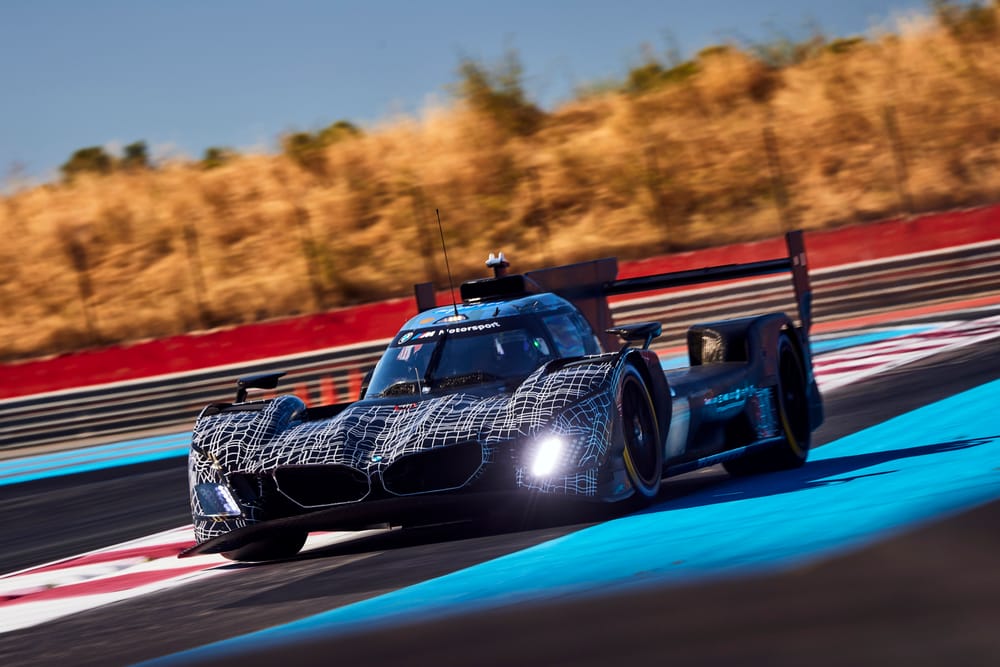BMW unveiled today the 2026 version of its M Hybrid V8. It has used one of the five jokers granted by the FIA and the ACO to update its LMDh for the World Endurance Championship and IMSA SportsCar Championship.
How does this EVO joker system work? Who has done what? Which manufacturer is planning to do an evo on its car for 2026? These are the questions we will try to answer.
Once homologated, Hypercar cars cannot evolve any further – or almost not, except through a few EVO Jokers. Some manufacturers have already used all of them, while others haven’t played a single one yet. But it will surely impact the coming seasons. Before diving into the details, two quick reminders are necessary.
The first concerns the regulations, which state that a car manufacturer may homologate a maximum of two cars during the nine championship seasons (from January 2021 until December 2029) and both homologations will be valid until December 2029. Modifications to the original homologation may be done for the following reasons: safety, reliability, serviceability, end-of-commercialisation or cost saving. These ones are not limited in number.
But a competitor may also request modifications for performance reasons. However, they cannot make use of more than five Evolution extensions (EVO jokers) from January 2021 until December 2027, regardless of the number of different homologations. And no more than two EVO jokers from January 2028 until December 2029. Competitors must submit a file to the ACO and FIA, which then decide whether to authorise it.
Last June, the ACO and FIA announced that the current regulations would be extended until the end of the 2032 season. The details have not yet been announced, but further EVO jokers should be granted, and possibly an additional homologation. But all this also depends on the LMDh–LMH convergence on which the governing bodies are currently working – perhaps for 2028, but more likely for 2029, notably with the possible banning of four-wheel drive systems.
The second reminder explains why several manufacturers decided to postpone their aero evo until next winter. Until recently, the WEC used Sauber Technologies’ windtunnel in Hinwil (Switzerland) for car homologations. But with that tunnel undergoing renovation, the ACO/FIA tandem decided to switch to Windshear Inc. in North Carolina. That tunnel is already well known to all LMDh entrants as it is used by IMSA.
However, data varies from one windtunnel to another, which explains why the same car entered in both the WEC and IMSA slightly differs, notably through the addition or not of gurneys (we can see it on the picture above with the Cadillac). As a result, the regulatory aero window is expected to shift slightly, and it is very likely that most will need to use an EVO joker to comply with the new criteria. Some are even asking for that joker to be free, but the governing bodies are not willing to grant that.
As the ACO and FIA do not publish official documents regarding EVO jokers, we tried to find out more.
BMW M Hybrid V8
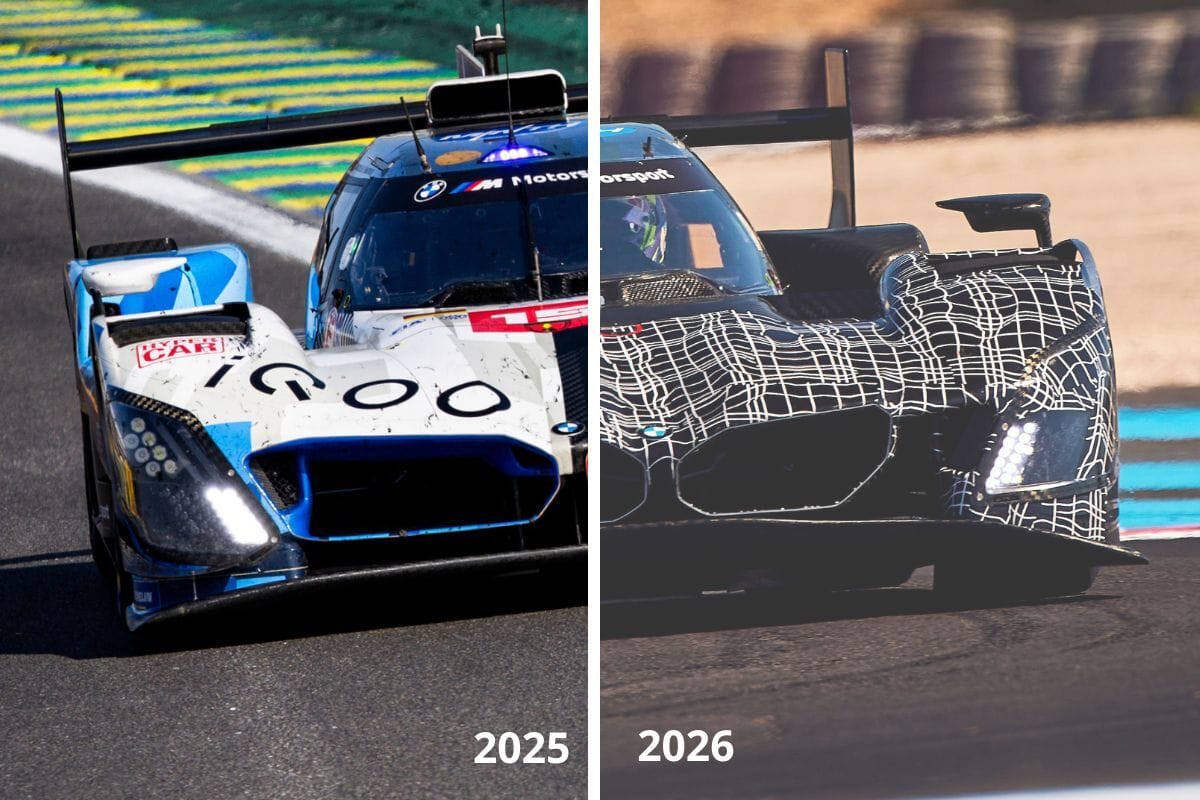
BMW’s LMDh made its WEC debut last year after a first season in IMSA. Feeling it didn’t have enough hindsight after its first season, BMW waited until the 2024-2025 winter to use its first EVO joker.
This concerned a change of brake supplier. Problems had repeatedly been encountered, with drivers complaining of unpredictable behaviour at the end of stints, which made the car very tricky to drive. BMW switched from Carbone Industrie to Brembo.
“This doesn’t only change things for the drivers but also for the engineers,” analysed Dries Vanthoor.
“Last year, the brakes suffered glazing. That meant temperatures were different between the axles, and even between right and left. It affected the balance and also tyre pressure. Since we have minimum tyre pressures to respect, we had to keep a big margin. This year, we can be much more aggressive and closer to the limit. That means performance, but also a car that’s easier to drive.”
Today BMW finally unveiled the 2026 version of its LMDh. The most striking change is its front end. An adjusted splitter optimises airflow, while the BMW kidney grille is slightly smaller. Additionally, the BMW M Hybrid V8 will receive new headlights.
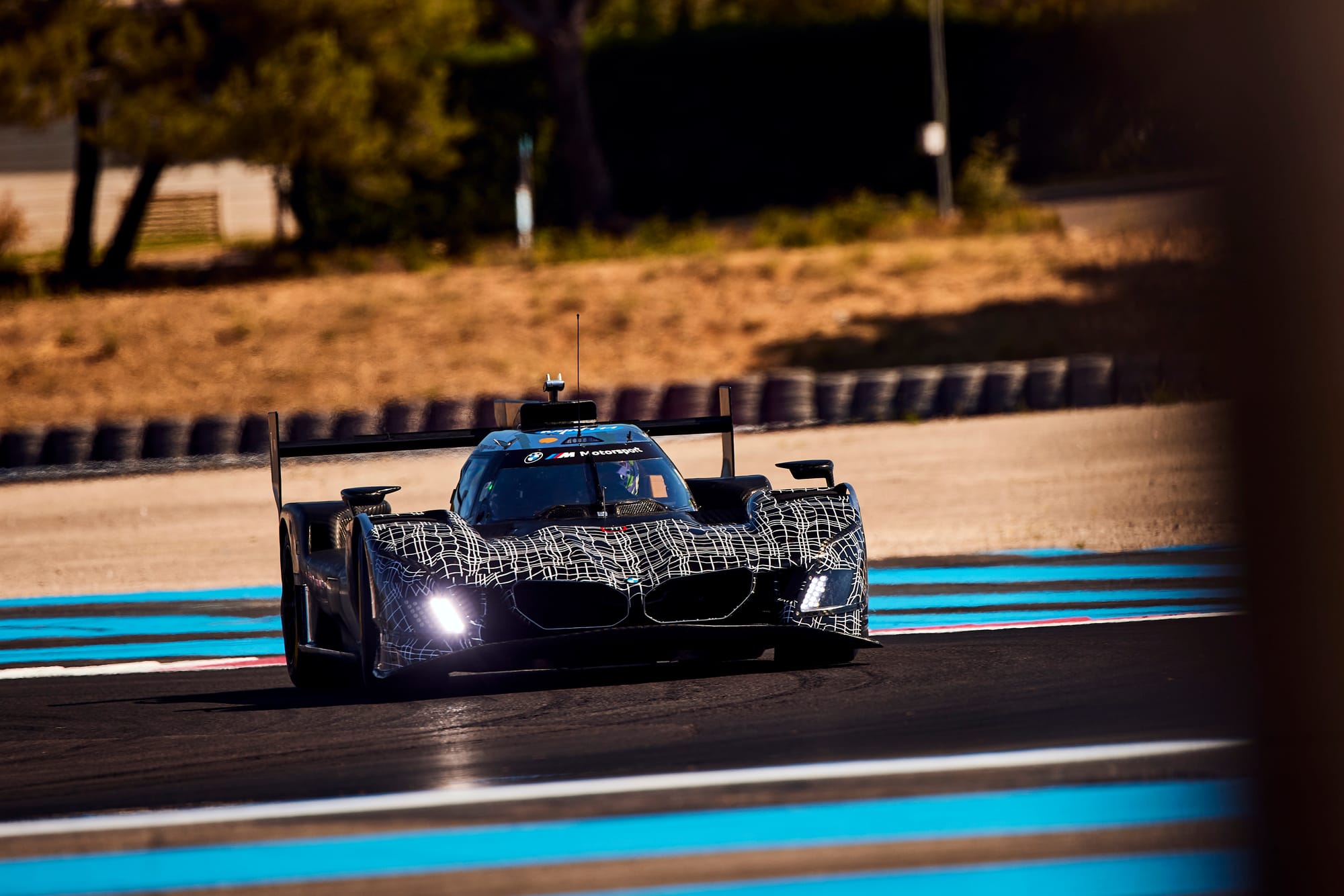
The target is to ensure that the BMW M Hybrid V8 performs more consistently across all track layouts. And the revised airflow around the car is supposed to improve cooling efficiency.
“Since we began racing in the IMSA series in 2023 and the FIA WEC in 2024, we have learned a great deal about our BMW M Hybrid V8,” said BMW M Motorsport head Andreas Roos.
“After optimising the brakes for the current season, it is now time for an aerodynamically improved version of the car. With these updates, we are responding to the insights gained from our previous race outings.
“Following the tests we’ve already conducted, we are confident that the changes will allow us to compete more consistently at the front on all types of tracks, taking another step toward the top.”
- EVO jokers remaining until the end of 2027: 4 (without the one unveiled today)
- Homologations remaining until the end of 2029: 1
Alpine A424
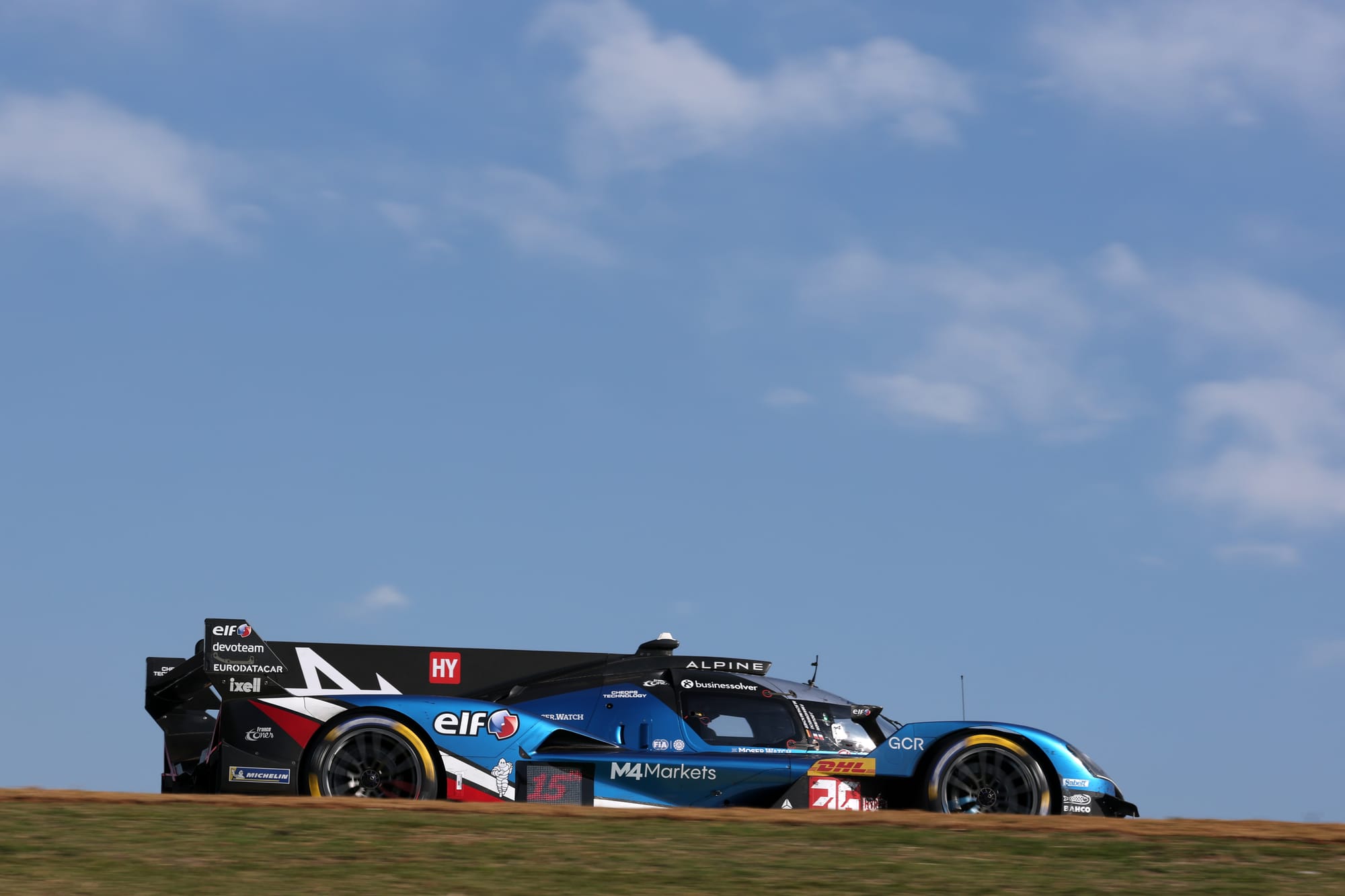
Based on an ORECA chassis fitted with a Mecachrome turbo V6, the A424 made its racing debut in early 2024. To address reliability issues with its powertrain that caused both cars to retire from the 2024 Le Mans 24 Hours, several modifications were introduced during the 2024 season and again over the winter. The crankshaft, valves, and especially the turbo were modified, and an EVO joker was used.
A second will be used in the coming months, with the aim of changing the car’s aero philosophy. “We opted for a low-drag, low-downforce car for obvious reasons related to the Le Mans 24 Hours,” Alpine motorsport director Bruno Famin explained to The Race.
“But then came the dual band BoP that was supposed to equalise top speeds. This was offset by a power gain at low speed, but with a car that generates little downforce, that extra power is hard to exploit. So we need to readjust to the new regulatory philosophy that is now in place but wasn’t when we homologated the car.”
- EVO jokers remaining until the end of 2027: 4
- Homologations remaining until the end of 2029: 1
Aston Martin Valkyrie
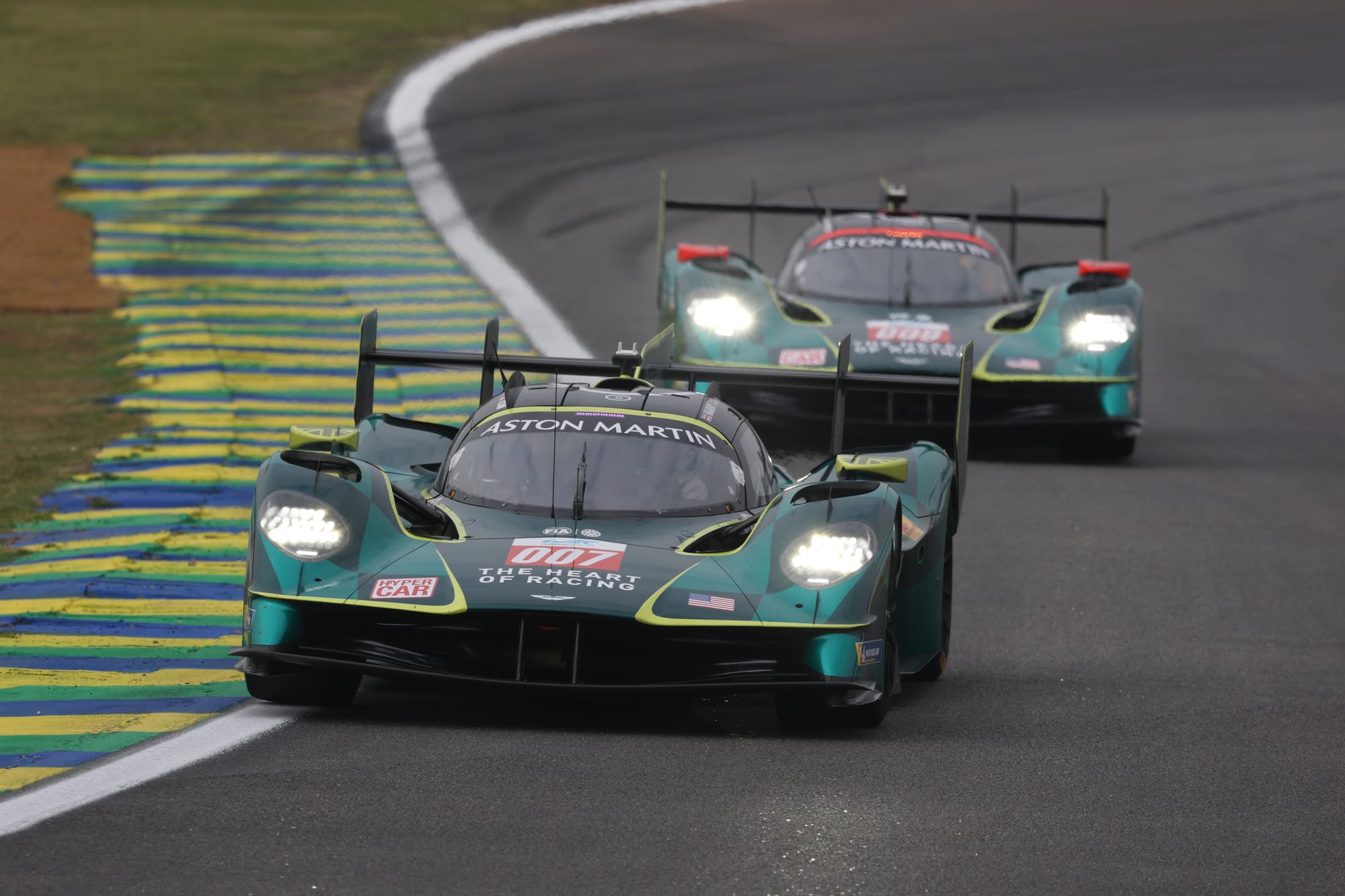
As the only new car on track this year, no major changes are planned for the Aston Martin Heart of Racing entry. A slightly revised aero package? We’ll see. The British LMH is the only car to have gone through Windshear Inc. for its homologation.
Why? Simply because it is the only LMH entered in the IMSA SportsCar Championship.
- EVO jokers remaining until the end of 2027: 5
- Homologations remaining until the end of 2029: 1
Cadillac V-Series.R
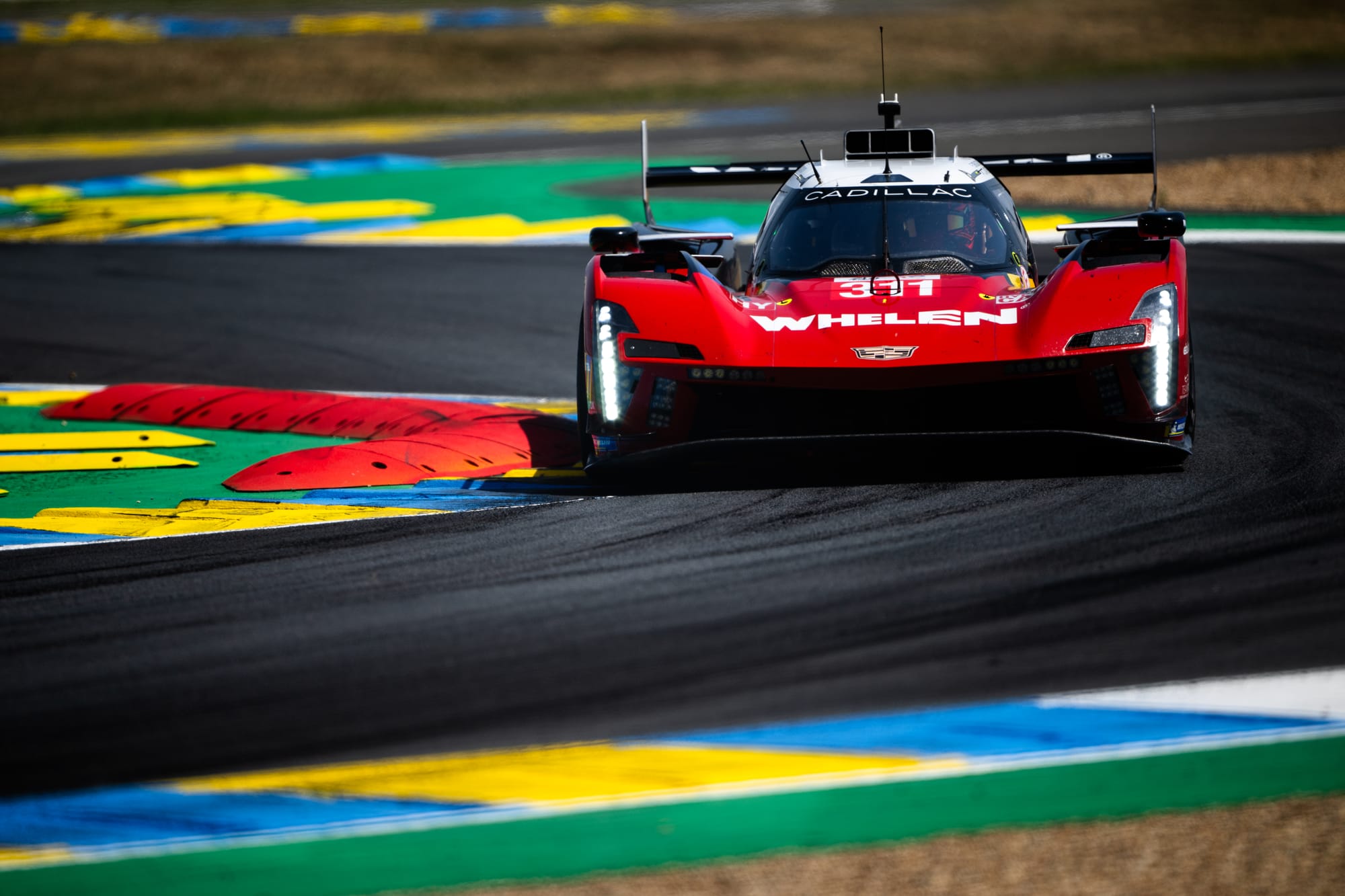
The American LMDh completed its shakedown in July 2022, before making its racing debut in January 2023 at the Daytona 24 Hours.
Last winter, a first EVO joker was used, targeting electronics. Previously, the V-Series.R ran with three ECUs from three different brands: Bosch, MoTeC, and Marelli. The decision was taken to replace the MoTeC with a second Bosch unit, simplifying data feedback, reducing to two interfaces, and providing a more powerful tool. This broadened the set-up range.
“The goal is clearly to make the car more versatile,” Jack Aitken explained to us. “This gives us, the drivers, more options to adapt to different conditions. The car’s outright performance has never been in doubt, but far too often, it fell outside of its operating window and we couldn’t correct it. That significantly hurt our performance levels.”
Cadillac has proven fast, both in IMSA and now in the WEC. After locking out the front row at the 2025 Le Mans 24 Hours, it claimed its first world championship race victory at the São Paulo 6 Hours.
But the car lacks top speed, with a philosophy opposite to Alpine’s. It generates a lot of downforce and struggles on straights and in slipstream.
An aero evolution was planned for 2025 but never used. Dissatisfaction with it, combined with the windtunnel switch for WEC homologation, convinced Cadillac to wait another year. A major aero evo is therefore expected.
- EVO jokers remaining until the end of 2027: 4
- Homologations remaining until the end of 2029: 1
Ferrari 499P

Debuting in 2023, the Italian LMH has won the Le Mans 24 Hours three times. But even after two victories, Ferrari opted for changes at the 2024 São Paulo 6 Hours last July.
The modifications included a redesign of the brake cooling ducts to alter flow distribution and ensure better cooling efficiency, particularly on brake-stressing tracks. In its new configuration, the 499P’s distinctive aerodynamic feature was the introduction of a flick under the front headlamps. Those changes cost Ferrari an EVO joker.
“We experienced limitations with brake cooling,” Head of Endurance Race Cars Ferdinando Cannizzo explained. “Therefore, we defined and developed a new cooling duct design in the wind tunnel and on the track to change the flow distribution and deliver greater efficiency.
”The modification impacted the balance of the 499P, which we restored by adjusting other areas of the car. Specifically, we modified the underbody, adjusted the heights of some gurney flaps, and introduced a flick under the front headlights.”
More changes in the pipeline? Like Toyota and Peugeot, the 499P has never gone through Windshear for homologation. A second EVO joker wouldn’t be surprising, despite this year’s dominance.
- EVO jokers remaining until the end of 2027: 4
- Homologations remaining until the end of 2029: 1
Peugeot 9X8
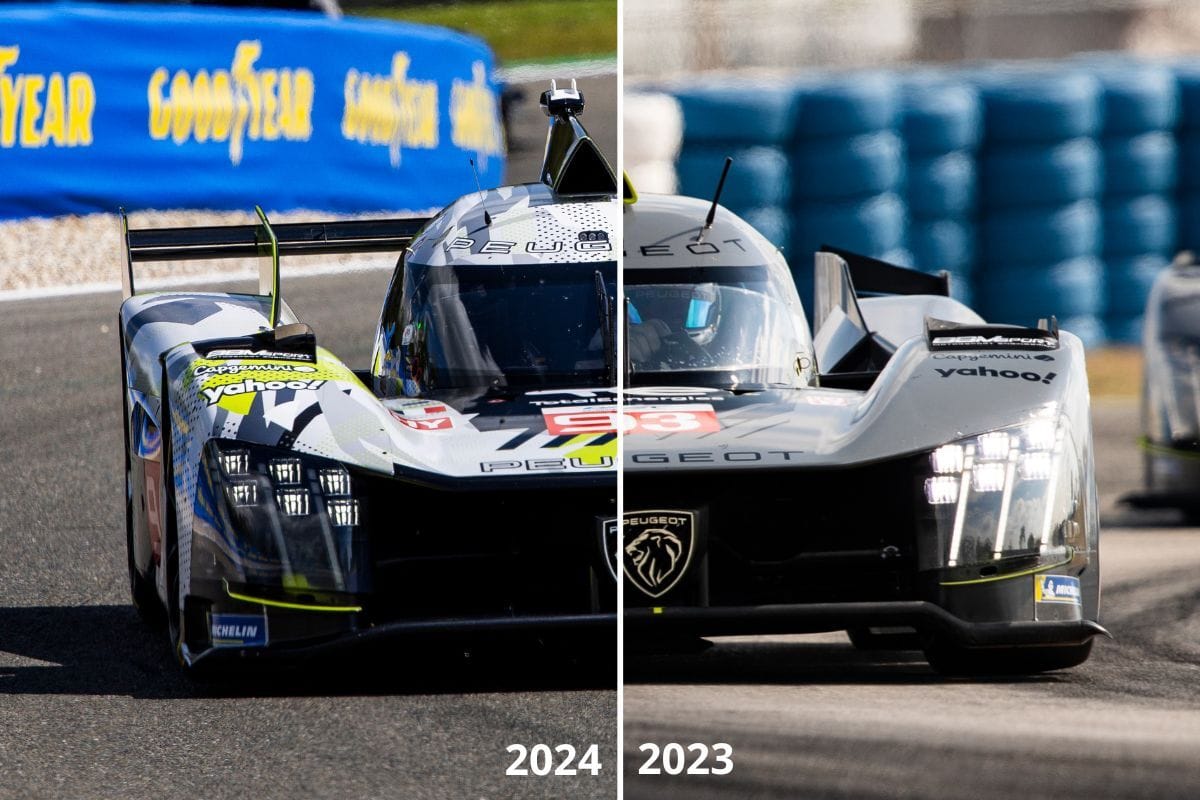
Peugeot is a special case. The 9X8, launched without a rear wing and fitted with four 31cm tyres, was a complete failure. After burning its second homologation for the start of 2023, Peugeot used four jokers during 2024, adding a rear wing and switching to 29cm front and 34cm rear tyres like its rivals.
The last EVO joker was used for the 2025 Qatar 1812km at the start of this season. Aero and suspension were the main areas affected by these changes. In short, Peugeot has no remaining options and must wait until 2028 to update its 9X8 again.
But as The Race revealed, Peugeot is indeed working on a new car, ideally for the 2027 campaign. A dispensation or a regulatory adjustment tied to the extension of the current rules until the end of 2032? The details remain to be defined.
- EVO jokers remaining until the end of 2027: 0
- Homologations remaining until the end of 2029: 0
Porsche 963

After Peugeot, the 963 is the car that has used the most EVO jokers – three in total, one during the 2023-2024 winter and two more last off-season. The first two targeted the front axle, particularly the suspension, and the third involved a redesigned rear end.
“The aim is to broaden the car's set-up window so that it performs well on more circuits,” director Factory Motorsport LMDh Urs Kuratke conceded at the end of last year.
"Although we have proven the 963's high level of performance, we are still encountering difficulties on certain circuits, such as COTA, for example. We've struggled to be competitive there.
“Clearly, the main objective is to get the car working on bumpy tracks, where it's necessary to drive with a higher ride height, as well as on tracks with low grip levels, because that's where our limits lie today."
But Porsche isn’t stopping there. Another aero evolution – not as radical as some rivals’ – is planned for this winter. It may even already have been tested during sessions at Aragon from July 29 to 31.
- EVO jokers remaining until the end of 2027: 2
- Homologations remaining until the end of 2029: 1
Toyota GR010 Hybrid

The Toyota was the first Hypercar to race, making its debut in early 2021. Its development suffered from constant technical regulation changes. At the last minute, the minimum weight was lowered by 70kg, complicating Toyota’s task as it was forced to revise its car’s weight distribution.
As early as the 2021-2022 off-season, the decision was made to switch tyre sizes, dropping the 31cm fronts for 29cm fronts and 34cm rears.
The following winter, the Toyota underwent further weight trimming and significantly improved mass distribution. Aero, chassis, and engine were also refined, resulting in notably improved driveability. On that occasion, Toyota reportedly chose to use its second allowed homologation. The manufacturer would therefore still have five EVO jokers left. What can we expect?
“It’s true that in a different windtunnel, we have different figures,” Toyota Gazoo Racing Europe vice-president Kazuki Nakajima told The Race. “So yeah, there’s a lot of work that needs to be done. I think it’s a question of the car’s working point and whether it can somehow stay within it.”
At minimum, an EVO joker will be used next year with a major aero evolution planned, most likely with big changes to the front end.
- EVO jokers remaining until the end of 2027: 5
- Homologations remaining until the end of 2029: 0


